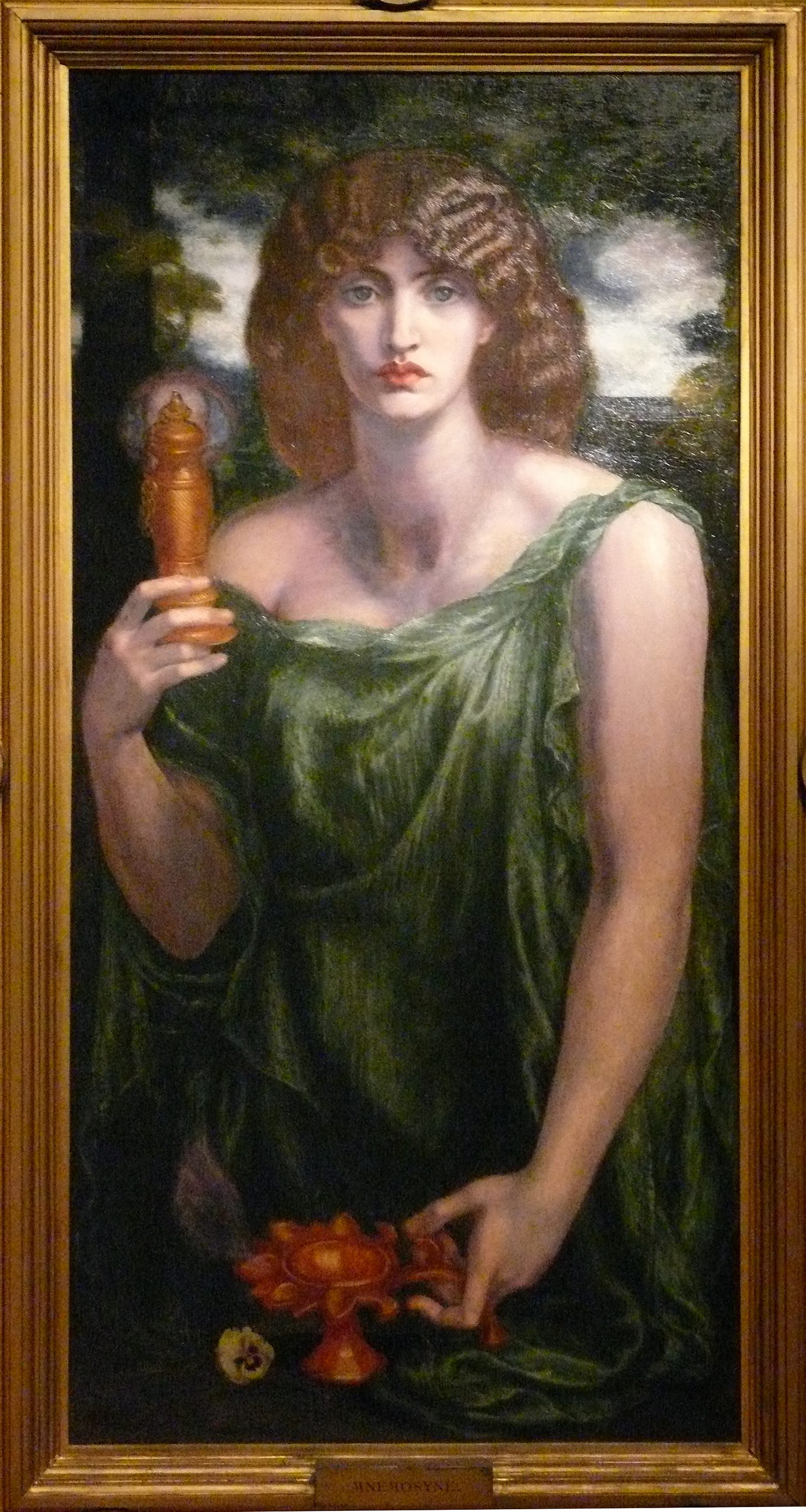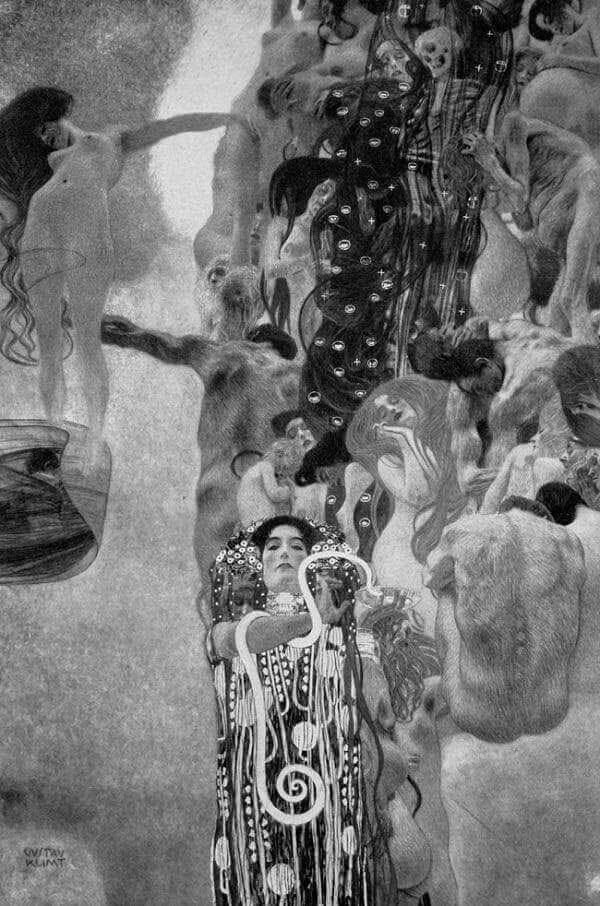I recently wrote about the notable difference between two kinds of “self-forgetting”, namely the kind induced by screen-based activities like doom-scrolling or binging and the kind we experience when we immerse ourselves in something truly beautiful. In both instances, for a short while, we characteristically lose all sense of self-awareness or concern with the stresses, anxieties, and embarassments of embodied, temporal life. However, the appreciation of art is typically quite rewarding, while, as most of us have found, doom-scrolling is not.
How to Lose Yourself, and How Not to
I keep coming back to the American Time Use Survey, which shows that the amount of time we spend with friends per week has dropped in just the last decade—from 6.5 hours per week down to just 2.75 hours per week. For decades in American life it was normal…
In his most recent post,
tracks a similar idea, tying it to the classical etymology of “lethargy”:…at the root of our word lethargy lies the ancient Greek word lēthē, which means “forgetfulness” or “oblivion.” Etymologically, lethargy is derived from lēthē combined with argos, which means “idle,” suggesting that lethargy is idleness or inactivity induced by forgetfulness.
Sacasas points out that Lethe is traditionally understood to be both a deity and a river from which those in the underworld could drink in combination with the river of memory—importantly, one should not drink too deeply from either, however.
There are two things Sacasas’s work here has brought to mind for me. One is a helpful way of further illuminating the dichotomy between the two kinds of self-forgetting described above. As Sacasas himself points out, lethargy is a perfectly apt name for the experience induced by things like doom-scrolling or binging. He says it’s idleness (argos) induced forgetfulness (lēthē). I might suggest a reversal: it’s oblivion induced by idleness, forgetfulness facilitated by inactivity and passivity.
The more active form of self-forgetting we find in aesthetic appreciation could then be understood by contrast as something we can call lethergy: forgetfulness facilitated by activity (ergon). The reason aesthetic appreciation is rewarding where doom-scrolling is not is that one is in part that one is active where the other is inactive. They both result in a kind of forgetting, but the sources (and so the ends) diverge.
The other thought Sacasas raises for me pertains to his emphasis on the balance between forgetting and remembering, between Lethe and Mnemosyne. This at least suggests another reason for the divergence in value between the two kinds of self-forgetting. When we appreciate beauty in nature or art, we forget ourselves for a moment, but in so doing we come to remember something. Usually we come back and have some worthwhile insight about life, humanity, the nature of things. We remember. So, in aesthetic appreciation, we find reward in part because we find this right balance between forgetting and remembering, and especially in doing these in the right ways.
These are things I’m still working through and will continue to write on, but thanks to Sacasas for prompting these thoughts.

I am a full time high school educator and parent. In order to do the writing I do here, I work on this publication between 4:00-5:00am most days. I write because I love to, and I won’t put a paywall up on my work. If you appreciate what you’ve read, it would encourage me if you left a note or shared it with a friend. If you’d like to show appreciation with monetary support, please consider giving to my church’s second building fund by clicking below, selecting “Give to Second Campus,” and entering an amount.







Usually when I think about "forgetting yourself" while appreciating art, I call it escapism. I hadn't thought of it in terms of activity v. passivity. Well, I hadn't thought about art appreciation as active and therefore the opposite of doomscrolling, which I always recognized as passive.